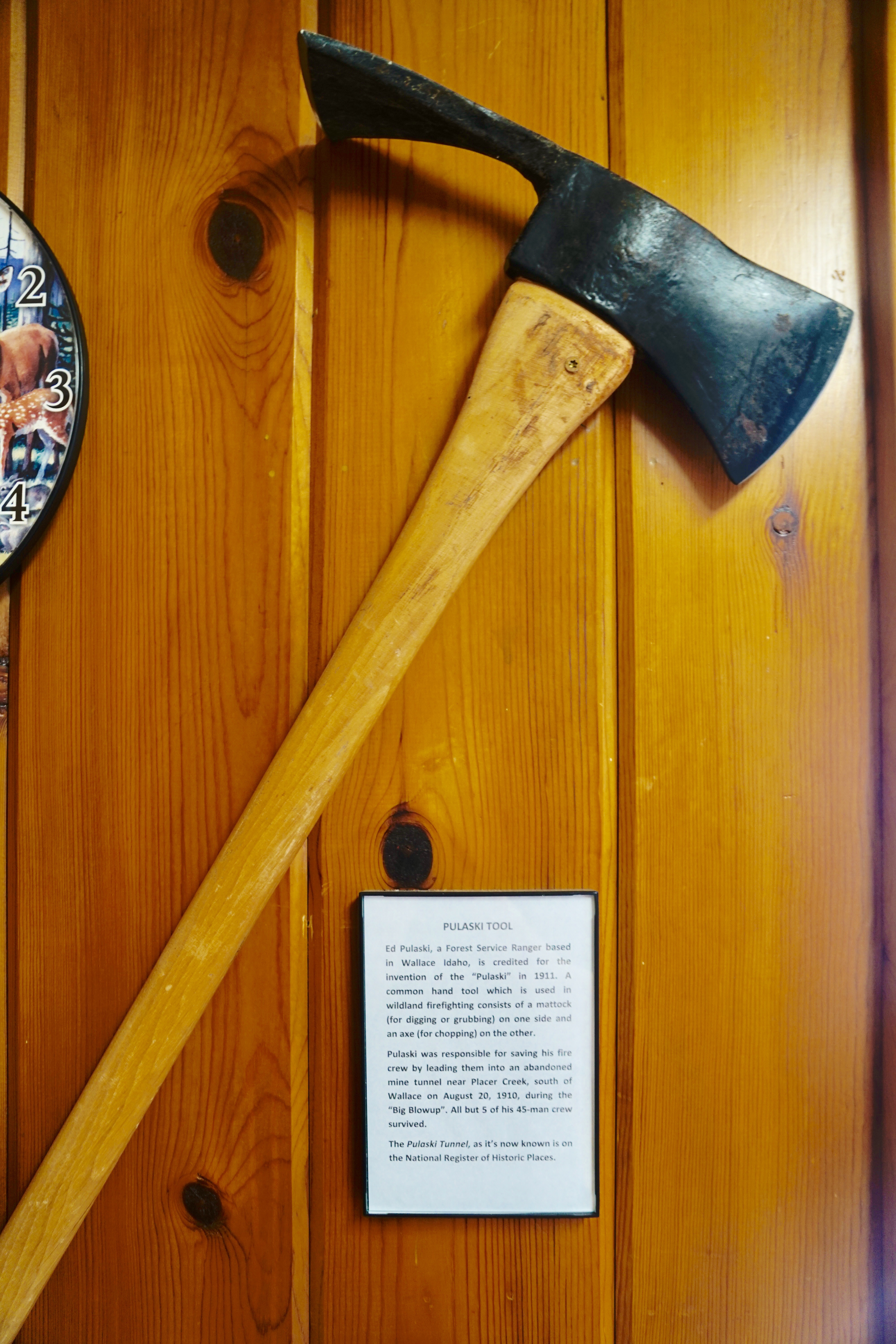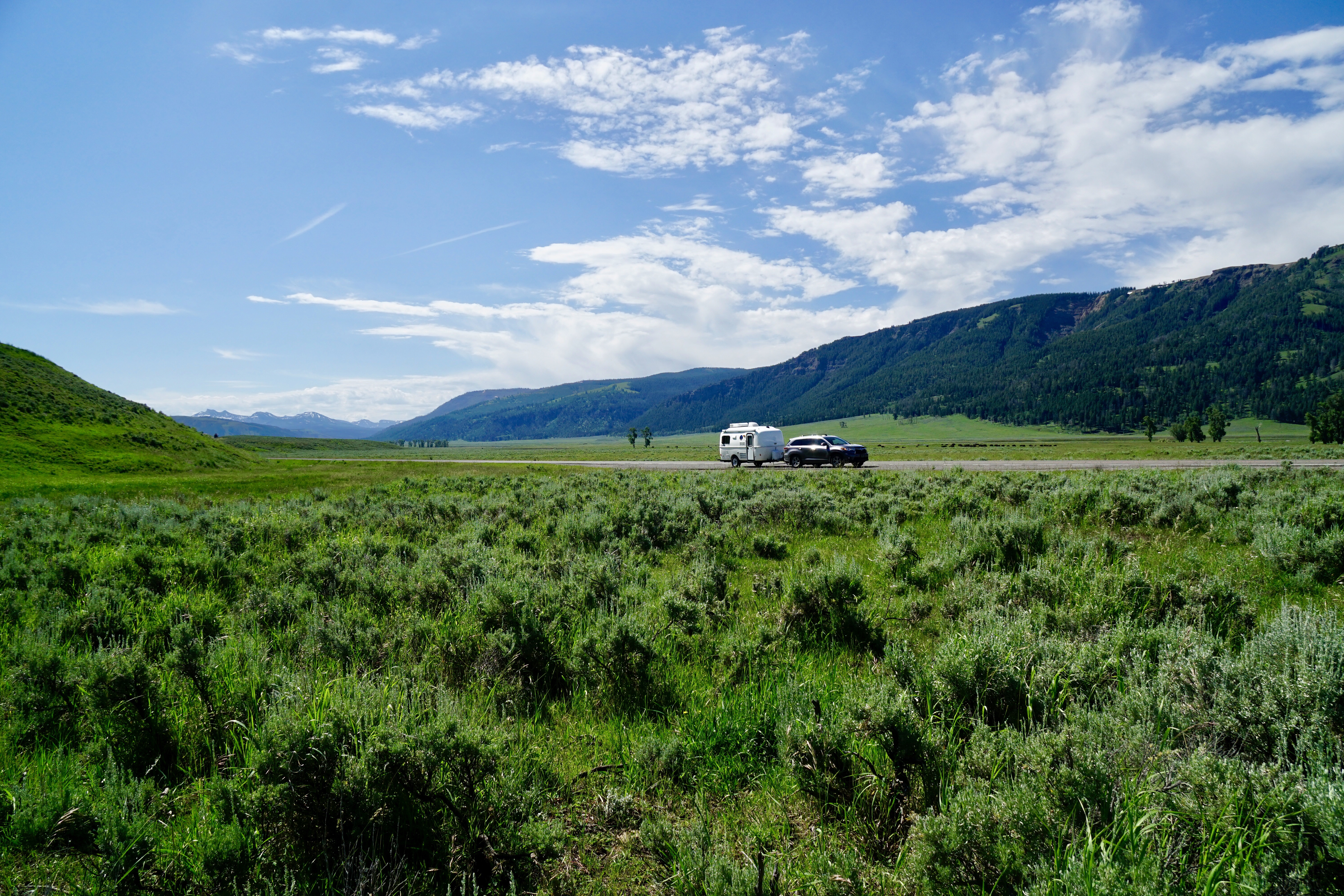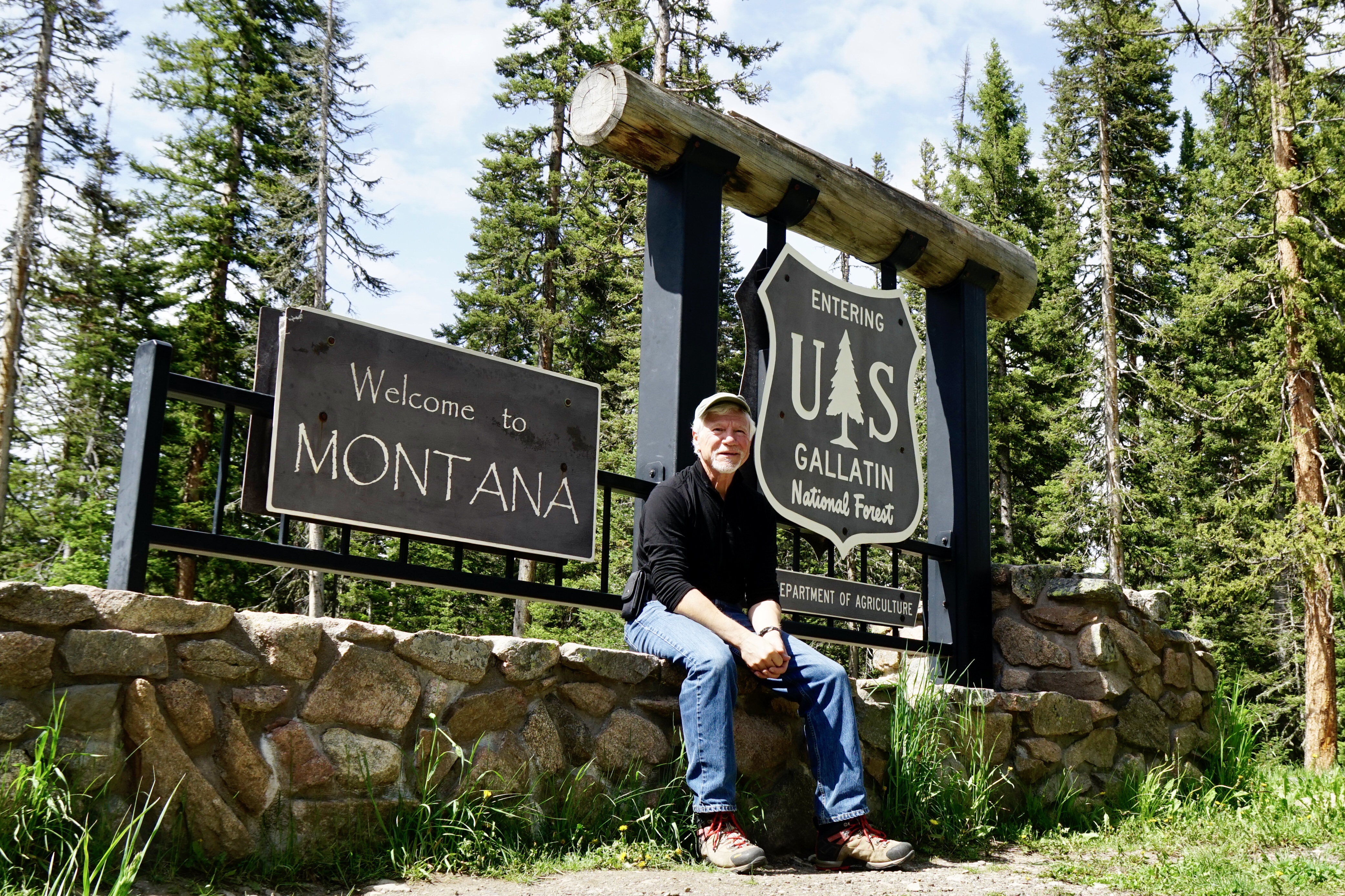
In 1905, after exploring nearly 1,000 miles of options, The Milwaukee and St. Paul Railroad settled upon creating a route to the west through the Bitterroot Mountains at St. Paul Pass, located at the border between Montana and Idaho.

To be suitable for passenger and heavy freight service the grade through the mountains had to average 1.7% or less. In other words, for each 100 feet traveled the change in elevation had to be less than 20 inches. The rugged Bitterroot presented a daunting obstacle, particularly the 15 miles from St. Paul Pass to Avery Idaho.
Engineers devised a solution in the form of 10 tunnels boring through the mountains and 7 tall trestles bridging the river valleys.
The grandest of the tunnels, the Taft Tunnel, would be 8,771 feet long, its east portal in Montana and its west portal in Idaho, and 1,000 feet below the summit of Roland Mountain.


It was also a literal tunnel through time as the Mountain and Pacific time zones change midway through the tunnel.

The trestles presented a different set of challenges, spanning wide and deep rifts. The Kelly Creek Trestle stands 230 feet above the valley floor and extends 850 feet end to end.


This was a railroading on a grand scale.
It the “golden years” the Hiawatha was a world class passenger train that sported gourmet dining, and futuristic accommodations for travelers crossing the continent.

Unfortunately such varied circumstances as the opening of the Panama Canal, the Great Depression, corporate mismanagement, and the growth of the trucking industry created an environment that eventually brought an end to the rail system that had come to be known as “The Milwaukee Road”. It’s last of 3 bankruptcies resulted in the sale and/or salvage of all of its assets between 1981 and 1985.

In 1986 the Bitterroot section of “The Road” was acquired by the US Forest Service, and in 1998 the Route of the Hiawatha Rail/Bike Trail opened. Today it is acclaimed as one of the finest such bicycle experiences in the nation.


For the cyclist the experience begins at the Lookout Pass Lodge where one purchases a trail day pass ($12) and if in need can rent a bicycle, helmet and light.
There is a restaurant and comfort facilities on site. During Winter this is a ski lodge. I couldn’t resist taking a picture of the “Urinal Instructions for Snowboarders”.

Pass in hand I drove 5 miles east to the gravel access road that takes one up to the east portal of the Taft Tunnel. It is here that the 15 mile downhill journey begins. Lights are mandatory as the Taft and other of the longer tunnels are pitch dark. Moreover, they are cold, wet, and muddy.

The trail is not for road-bikes and their narrow high pressure tires. Unlike many of the rail to trails that use fine limestone “chat”, the surface is rough gravel… think driveways and country roads.

My recently purchase Surley “Long-Haul-Trucker” proved to be an excellent compromise for the ride. It is very road capable, yet quite at home on the rough gravel surface.

One attraction of the Hiawatha for experienced and neophyte cyclists is that the outbound ride requires very little peddling. It is almost entirely a downhill coast through magnificent mountain scenery.
The ride could easily be accomplished in an hour, except for stops to take in the breathtaking views and to read the nearly 50 informational signboards that provide information on the history of the route, the trains, and other relevant details that add dimension to the experience.

Here is a link to a site where these signs can be accessed on-line: Hiawatha Trail Signs
This is just one that I found particularly interesting:


The ride is definitely family friendly, with parents and children alike sharing in the experience. At the end of the 15 miles there is a shuttle service ($10) that will transport you and your bike back to the west portal of the Taft Tunnel with the parking lot only a short ride back under the mountain. This is the line for the shuttle.

I estimate that less than 1% of the folks who bike the Hiawatha elect to turn around and bike the 15 miles back uphill. I was among those few.
It is an entirely different experience. Virtually no coasting and constant peddling. There is a constant flow on oncoming “traffic” to contend with, but then there would be no sense of accomplishment if it were “easy”. It took me over 2.5 hours to ride downhill because I stopped to take pictures and read the informational displays. Uphill took less than 1.5 hours.
This was not an “adrenaline” experience, but I can’t imagine a better way to have spent this day. Tomorrow I leave for Wallace Idaho in the morning where I will be camped for 4 nights during which I plan to bicycle the 73 mile long Coeur d’Alene Trail.
Peace Everyone. Pete




























































